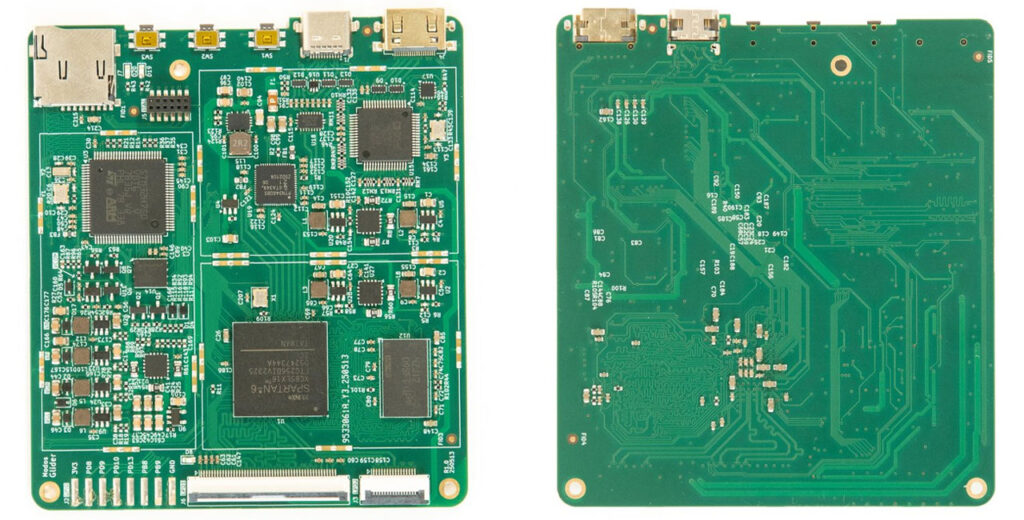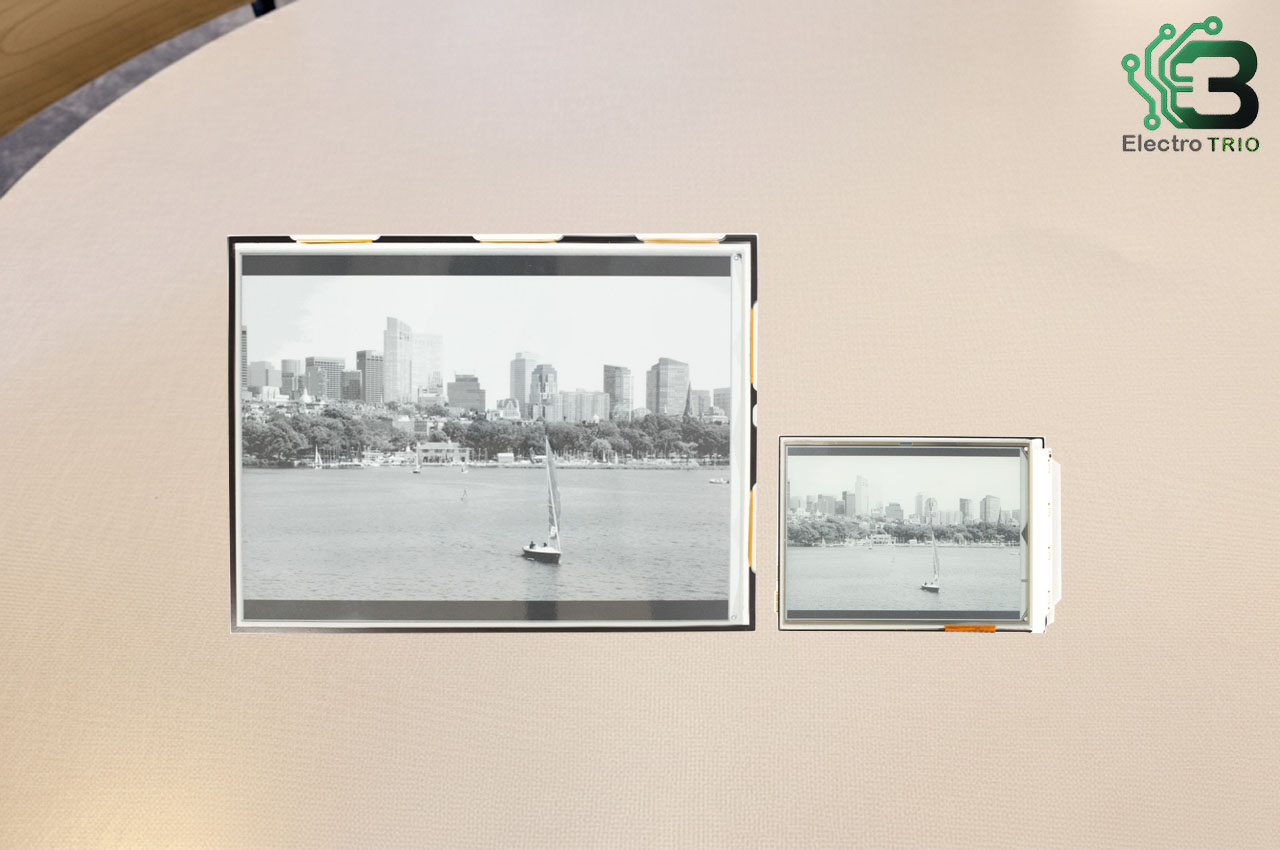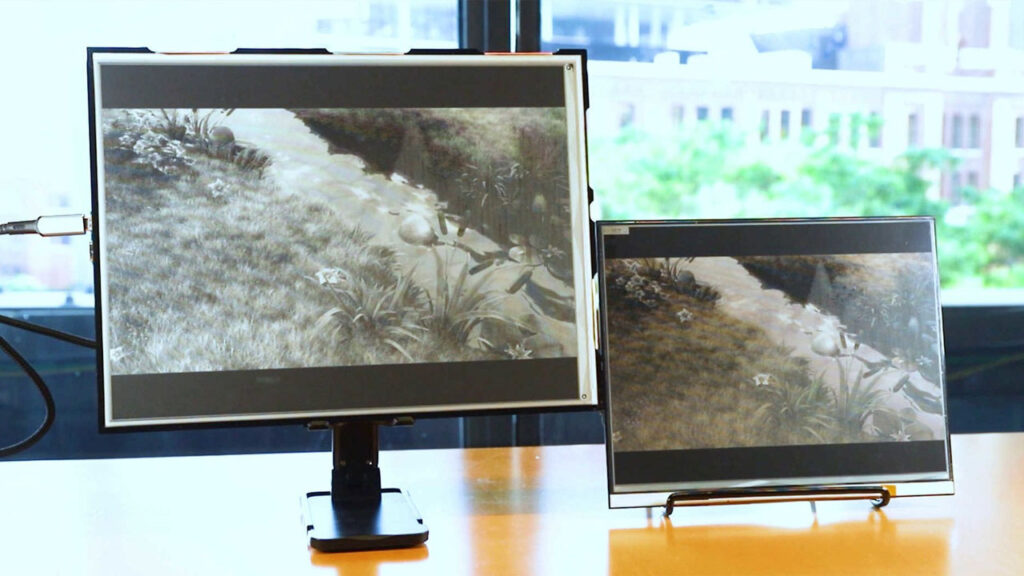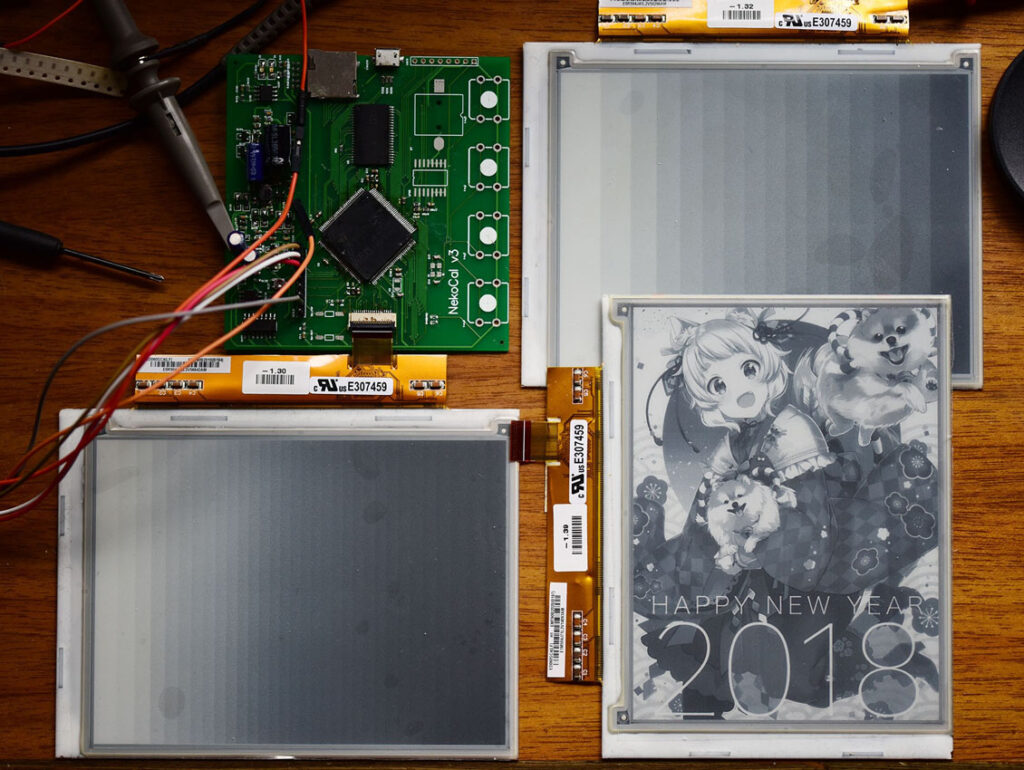Modos Tech has launched a new open-hardware dev kit called the Modos Paper Monitor, designed to push what’s possible with e-paper (electrophoretic display) technology. Designed for makers, designers, engineers, and e-paper aficionados, the set enables full customising of display modes, low-latency, high refresh rate display updates, and many panel sizes.
Before learning about this display kit, you may check the reTerminal E1001 and E1002, and the XIAO 7.5-inch ePaper Panel for your better understanding of ePaper displays.
Modos Paper Monitor specifications and features:
One of the standout features of the Modos Paper Dev Kit is its 75 Hz refresh rate, which is impressive for e-paper technology that usually suffers from slow screen updates. The kit can divide the screen into regions, allowing updates to happen without waiting for a full-screen refresh, and it also uses early cancellation to cut down on latency. Several display types support fast binary updates, 4-level and 16-level grayscale, as well as hybrid modes that begin with a rapid binary update, followed by more precise grey-scale rendering. Developers can also explore various dithering approaches, including error-diffusion, Bayer, and blue-noise. On top of that, the Glider Mega Adapter adds flexibility by making the kit compatible with a wide range of existing e-paper panels, from around 4.3 inches up to 13.3 inches, with support for panels that use different pin counts and pitches (0.3 mm and 0.5 mm).
The Modos open hardware display kit comes with almost everything you need to build an e-paper monitor, offering two screen options, a 6-inch and a 13-inch monochrome panel — both powered by the same controller hardware. It supports HDMI and USB-C (DisplayPort Alt Mode) inputs, making it compatible with Linux, macOS, and Windows systems. The design is fully open, with the “Caster” controller built around an Xilinx Spartan-6 LX16 FPGA and a reference gateware design. GitHub makes all source code, schematics, and firmware freely accessible so that developers may fully customise and grow the platform.
Here’s a clear comparison table between the 6-inch and 13-inch versions of the Modos Paper Monitor Dev Kit:
| Feature | 6-inch Version | 13-inch Version |
|---|---|---|
| Display Size | 6 inches (monochrome e-paper) | 13 inches (monochrome e-paper) |
| Resolution | ~1024 × 758 (approx.) | ~2200 × 1650 (approx.) |
| Refresh Rate | Up to 75 Hz | Up to 75 Hz |
| Input Interfaces | HDMI, USB-C (DisplayPort Alt Mode) | HDMI, USB-C (DisplayPort Alt Mode) |
| Controller | “Caster” FPGA (Xilinx Spartan-6 LX16) | “Caster” FPGA (Xilinx Spartan-6 LX16) |
| Panel Compatibility | Works with 4.3″–6″ panels via adapter | Works with 9.7″–13.3″ panels via adapter |
| Display Modes | Binary, 4-level grayscale, 16-level grayscale, hybrid, dithering | Binary, 4-level grayscale, 16-level grayscale, hybrid, dithering |
| OS Compatibility | Linux, macOS, Windows | Linux, macOS, Windows |
| Package Includes | Mainboard, 6″ panel, ribbon, adapter | Mainboard, 13″ panel, ribbon, adapter |
| Price | $199 | $599 |
| Availability | Ships Jan 2026 | Ships Jan 2026 |

Readability, low power consumption (especially when dormant), and exterior visibility usually call for e-paper displays. But delayed refresh rates, latency, and closed proprietary hardware/software ecosystems have restricted their use for more interactive or dynamic applications. Modos aims to address all three: opening up the controller, providing fast updates, and allowing reuse of panels.
If successful, this dev kit could enable new classes of displays: desktop e-paper monitors, secondary screens, signage with smoother transitions, or even interfaces minimising eye strain. For the open-hardware community, the Modos project also pushes forward standards for e-paper UI modes, driving strategies, and more.
Price and Availability:
The Modos Paper Dev Kit is priced at around $199 for the 6-inch version and $599 for the 13-inch version, with each package including the mainboard, panel, ribbon cable, and Glider Mega Adapter. The project is now active on Crowd Supply and has already exceeded its $110,000 target by 135%, generating $148,871. We expect to start shipping the dev kits in late January 2026, and we will conclude the campaign on September 18, 2025.


